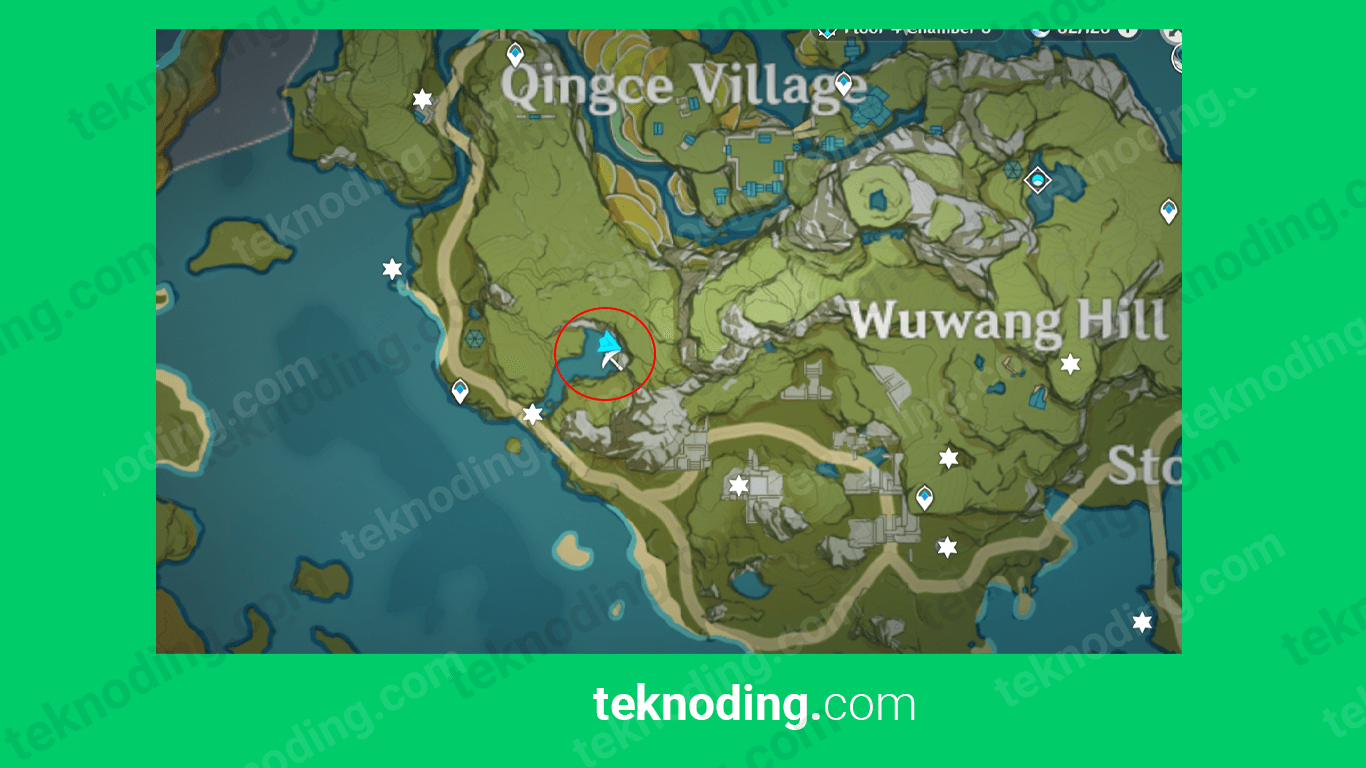

This is because no content is sent to the user until the application tier has finished generating the markup. But Store-and-Forward does not create the ideal user experience. In fact, it’s how HTTP/1.0 transmits dynamic responses when Connection: Keep-Alive is used. Store-and-Forward is not necessarily bad. This is called the Store-and-Forward approach.

This response includes a Content-Length header because the entire response is created before being delivered to the client, so the web server knows how long it is. When an HTML page is being dynamically generated, ASP.NET buffers all of the output, and sends all of the content at once. This is largely because our performance scanner is written in C#.īy default, ASP.NET does not use chunked encoding. Zoompf WPO’s web interface is written in ASP.NET. User’s log in to the web interface and can conduct performance scans, review scan results, and generate reports. Zoompf WPO is our web performance scanner delivered as a SaaS. At the end of last week, they contacted Zoompf support to tell us that some of our Zoompf WPO pages were timing out. While debugging a customer issue this weekend, I uncovered a problem with chunked encoding in general, and ASP.NET in particular, that can reduce your website’s performance.ĭigicure is a web security and performance services company in Denmark.


 0 kommentar(er)
0 kommentar(er)
